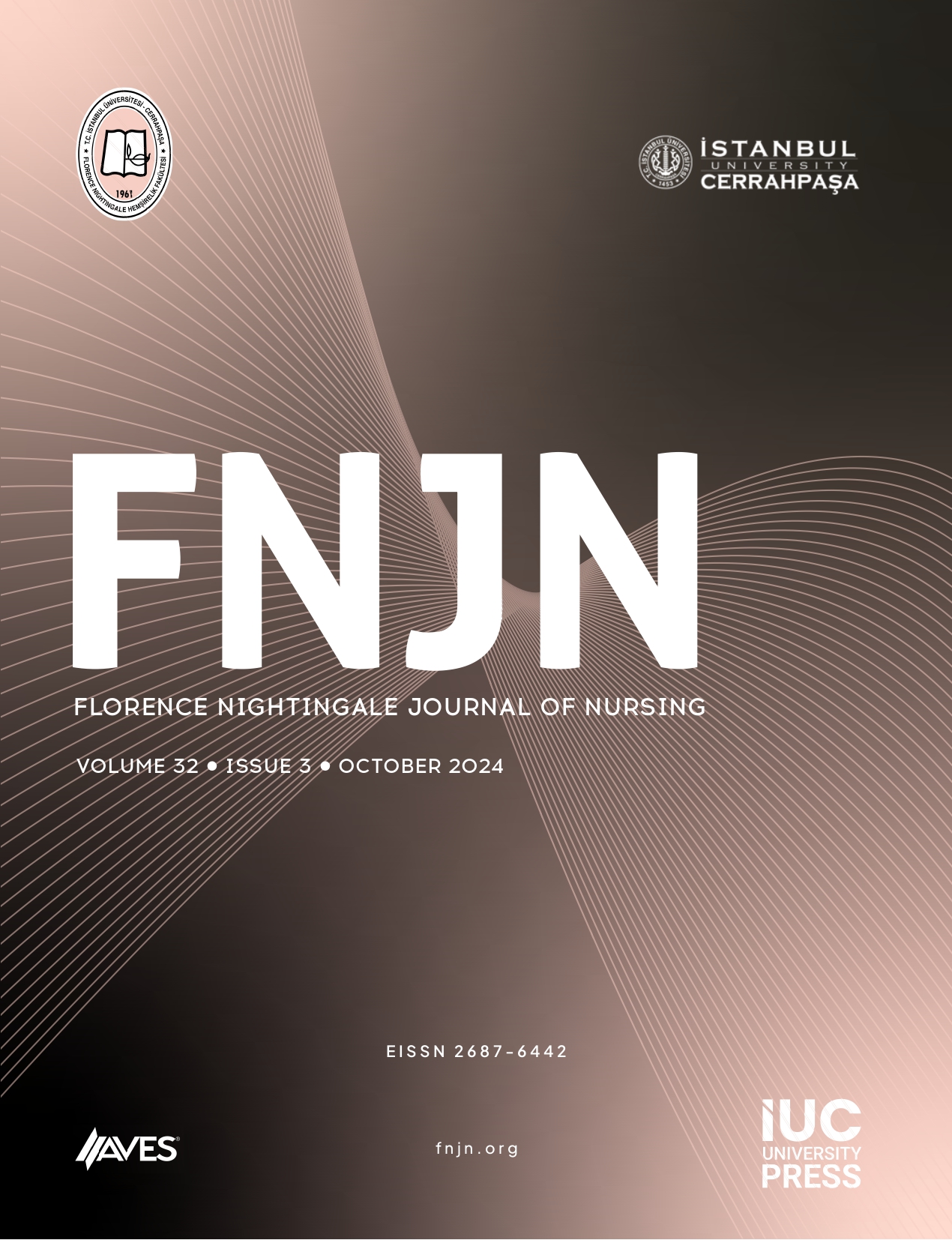Aim: In this study, we aim to identify nurses, working in intensive care units’ critical thinking dispositions and infl uential factors this disposition.
Method: The study was performed with nurses working in intensive care units at a university hospital. The sample of the study was formed by 74 nurses who were chosen by the coincidental sample method from the nonprobability sampling of the universe. While gathering data, an Individual Information Form and “California Critical Thinking Disposition Inventory (CCTDI)” were used. The data was analysed using Kruskal-Wallis Test, Mann Whitney U Test and Correlation Analysis.
Results: The survey results show that the average age of nurses is 31.40 ± 6.17, the average operating time is 10.17 ±6.77. It is cleared that 50% of these nurses are bachelor’s degree, 71.6% of them attended scientific meetings, 70.3% of them working in intensive care units attended in-service training. It is understood that 86.5% of them are not educated about critical thinking. The findings show that the average score for CCTDI was 221.85 ± 19.55. It’s determined that there is no relationship between nurses’ age, there working time and CCTDI’s avarage scores. It’s also determined that there is a significant diff erence between their education and CCTD’s avarage score of training for intensive care nursing.
Conclusion: As a result of this study we can shortly say that intensive care nurses’ critical thinking disposition scores are so low and attence in-service training aff ect the critical thinking, as well.




.png)
.png)